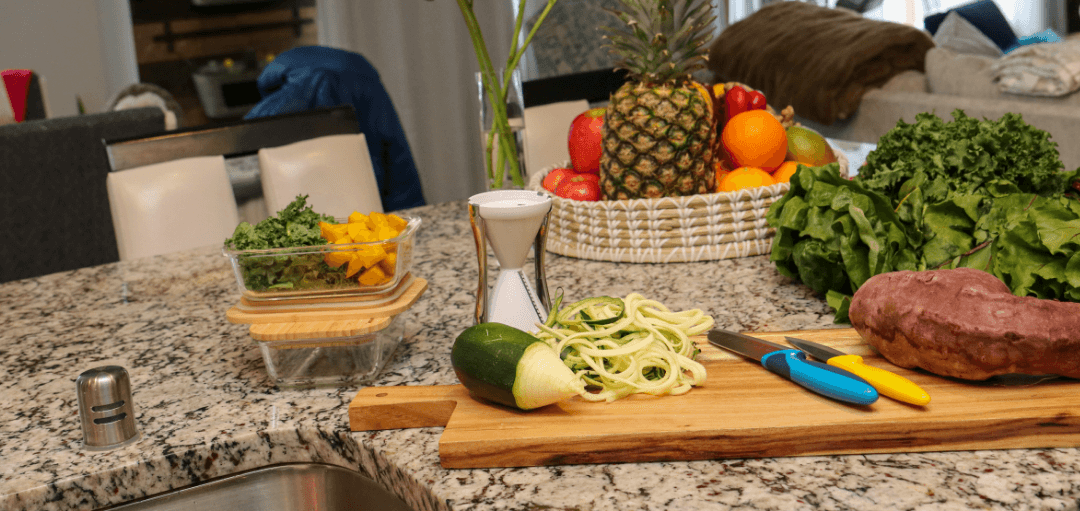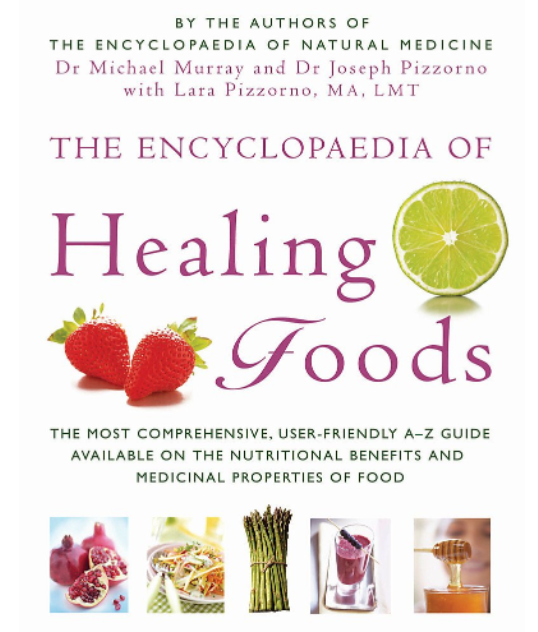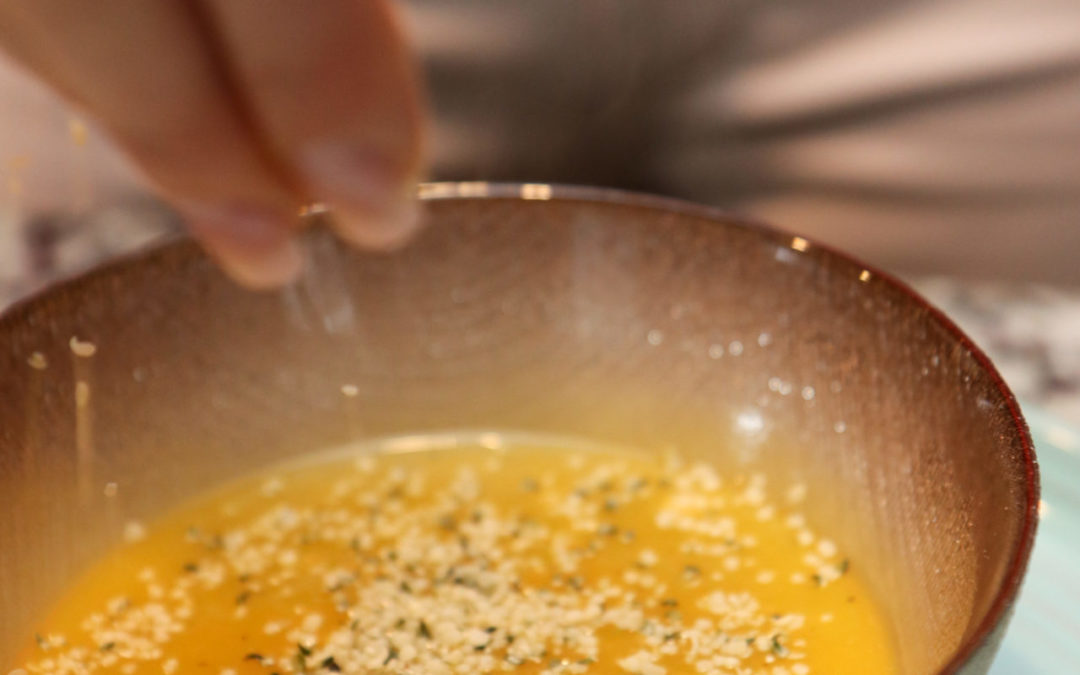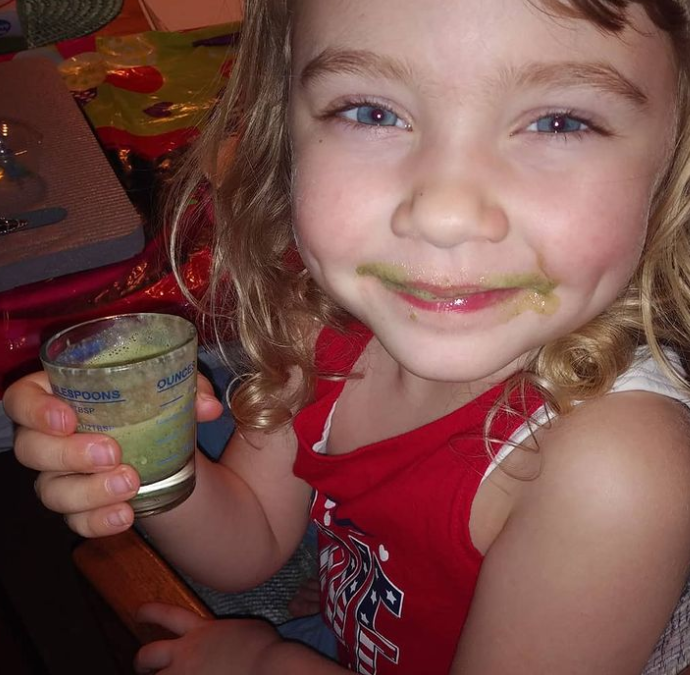
Gas & Bloating
Female Age 29- Gas & Bloating continually, sinus infections, loss of smell.

Female Age 29- Gas & Bloating continually, sinus infections, loss of smell.

What is health really? Is it merely the absence of disease… are we either healthy or diseased? Is there not a very large GREY area…
I don’t want to just be healthy I want to be vibrant, fantastic, energized!
Where are you on the health scale?
Disease………………………………………………………………Vibrant
Wherever we are, we can move towards vibrant one step at a time, the challenge in this crazy life is HOW .
I have found that intentions are key. I intend to be healthy daily, I make choices and decisions and began this practice long ago. I live in balance and truly enjoy yummy indulgences and also truly enjoy the plethora of veggies I eat too!
Health is a journey.. there is no end. We have to enjoy the process if we are to progress.
Learn to let go of struggle, let go of fear, release the need for perfection and surrender to the unfolding of your body’s natural desire for wellness. Make little choices daily, set your intention towards feeling optimal.

What is the “real” cost of Organic Foods?
By now you recognize that, in most cases, buying organic is more expensive than conventional grown & raised foods. That may be a fact at the cash register, but there is much more to consider when you make the choice to purchase organic. The real cost is how this decision impacts our health, our environment and the humane treatment of humans and animals.
The pesticides and fertilizers used by conventional farmers have been linked to cancer and other diseases. In essence, what is sprayed on our food and put in the soil, ends up in the food we eat, the air we breathe and in our waterways. Produce that is grown in worn out and over fertilized soil may not contain the same level of nutrients, vitamins and minerals as the foods grown in an organic, sustainable way. As for meat production, the hormones used to “grow” larger animals faster and the anti-biotics used to treat sick animals end up in our food and in the animal waste. The waste from feedlots has to be disposed of in some way, not to mention the environmental impact of waste that is washed away by rain ending up in our waterways. This means that antibiotics and hormones end up in the water, as well as the pesticides and fertilizers, which impact the health of our waterways, the fish we eat and the animals that depend on waterways for survival. There are the not so pretty aspects of meat production, which we don’t like to think about, but it is a reality if you are going to eat meat. Conventionally raised animals are raised in close confines; many don’t see the light of day, the workers in the farms and production plants work long hours for little pay. Large farms and feedlots require vast amounts of Oil, a non-renewable resource to operate their machinery, while organic farmers often use bio-diesel, a renewable resource that can be made, for example, from recycled cooking oil.
There are many layers to this debate and much like an onion, when you peel one away, another layer appears. Ultimately the decision is up to you, however, a little more at the check stand can send a message to the farming industry that we care about what we put in our bodies, the air, the land, the seas and that we are concerned with the humane treatment of all living things.
If you are interested in learning more about where you food comes from, watch “Food, Inc.” or read the following books, upon which the above information was based:
“Omnivores Dilemma”, by Michael Pollan
“In Defense of Food”, by Michael Pollan
“What to Eat” by Marion Nestle
“The Encyclopedia of Healing Foods” by Michael Murray, N.D. and Joseph Pizzorno, N.D. with Lara Pizzorno, M.A., L.M.T.
Written by an inspired client.

As we approach celebratory times we can indulge a little without gaining a lot. Holidays are a time for fun and family, and food can be a healthy part of any celebration. Here are a few ways to enjoy your parties without lasting reminders of what you ate.
o Choose wisely! Don’t eat anything that isn’t absolutely delicious to all your senses. Why waste calories on fake and artificially colored candy and processed desserts. Make something yummy from scratch with real whole ingredients. Your body will appreciate it much more and not give you fanatical cravings afterward.
o Enjoy it thoroughly. So you ate it, now feeling guilty is not going to help, it’s going to confirm every bite turns to fat! I am adamant that we get what we think about, so instead know that the indulgence will be easily burned off.
o With that being said.. if you are attending a party in the evening do your workout earlier in the day and focus on lean proteins and un-starchy veggies. Have some protein and a big plate of fiber-full veggies right before the party to fill your tummy.
o Bring a dish that you know you can enjoy.
o Just say no thank you! To extra invites or food or beverages you know will add stress to your life. We don’t have to go to every party out of obligation. Choose the few you know will be delightful.
o If you eat it, it goes to waist twice! If you don’t eat it, it’s still not going to feed hungry children. Don’t join the clean the plate club.
o Chew slowly, be mindful and be thankful for the wonderful bounty that is all around us.
Pumpkin Soup
1 small sugar pumpkin
2 cups un-sweet soy milk
2 cups low- sodium stock
1 cup carrot juice
1 T. coconut oil
4 organic chicken sausages
1 apple
1 fennel bulb
1 medium onion
3 stalks celery
1 T. grated ginger
2 tsp. minced garlic
2 tsp. curry powder
2 tsp. cinnamon
2 tsp. sea salt
Bake pumpkin in oven on 400 for 2-3 hours until very tender. Chop apple, fennel, chicken sausage, celery and onion into small pieces and sauté in coconut oil until tender. Add spices, garlic and ginger and sauté for a few minutes longer. When pumpkin is done, cool and puree with soymilk and broth and transfer to large pot. Add sautéed mixture and simmer for 10-15 minutes. Mix in carrot juice. Add more liquid if necessary to desired consistency. Makes about 8-10 servings. Freeze half, now you have lunch for the future!
Don’t wait until the next year to get on a Health Kick… If you make your wellness a priority now you will ease through the hustle and bustle with lightness and peace knowing your body is running optimally.
I have appointments available in Snohomish, Lake Stevens or Stanwood. Let’s get you feeling good today.
Happy Holidays! I have much gratitude for the opportunity to serve the community and for all my current clients and their new found wellness.
Cheri Soraparu, MS, CN
Certified Clinical Nutritionist & Personal Trainer
BeWellBalanced.org

What are we feeding our children?
Pop Tarts, apple juice, a bowl of Fruit Loops with milk, maybe a banana for breakfast. Jiff peanut butter (which contains high fructose corn syrup) and jelly on “wheat” bread, fruit roll-up, an apple and Cheetos or crackers for lunch. Top Raman and a coke as an after school snack and Mac n Cheese for dinner with canned green beans or take out. If this doesn’t resemble your child’s food intake then good for you, however at school there are plenty of sugary, processed foods with lots of artificial additives available for them to choose from.
Even more so than adults, children need whole fresh foods filled with nutrients, Phytochemicals and essential fats for proper brain and body development. The nutrients in whole foods help their bodies mature optimally, the Phytochemicals protect their growing cells from premature damage and the essential fats are crucial for learning, attention and memory. If we look to our grocery stores they have more processed foods, which lack these components and have ample amount of artificial ingredients, than whole fresh foods.
One explanation for the increasing number of children with ADD and hyperactivity are these additives… they are in everything… except whole unprocessed foods. If your child has ADD/ADHD I challenger you do an experiment. For three weeks take them off everything processed and replace it with only fresh veggies, fruits, meats, un-milled or sprouted grains, legumes, seafood and healthy fats like nuts and seeds, avocado and olives… see how they do. If this alone doesn’t solve most of the problem add extra omega 3’s to their diet like wild salmon, ground flax seeds or oil, sardines (mix it up just like tuna) or consider a high quality supplement from Nordic Naturals or Designs for Health.
“But, my child won’t eat that….” Only because they are not used to it! Start slowly introducing new foods or incorporating them into the routine and eliminating the processed foods. Do this over a few months and they will adapt, the younger this happens the easier and better.
Remember, children are even more sensitive to food additives, sugars and refined grains and fats than adults and they need a wide range of nutrients for all cells of the body, including the brain, to function properly and optimally. Don’t trust the health of your child to packaging and advertising; get advice from a qualified source. Together we can work to get the two million children that are on drugs for ADD/ADHD, drug free!
Click here to make an appointment now.
Cheri Soraparu, MS, CN
Certified Clinical Nutritionist
Certified Personal Trainer
[email protected]